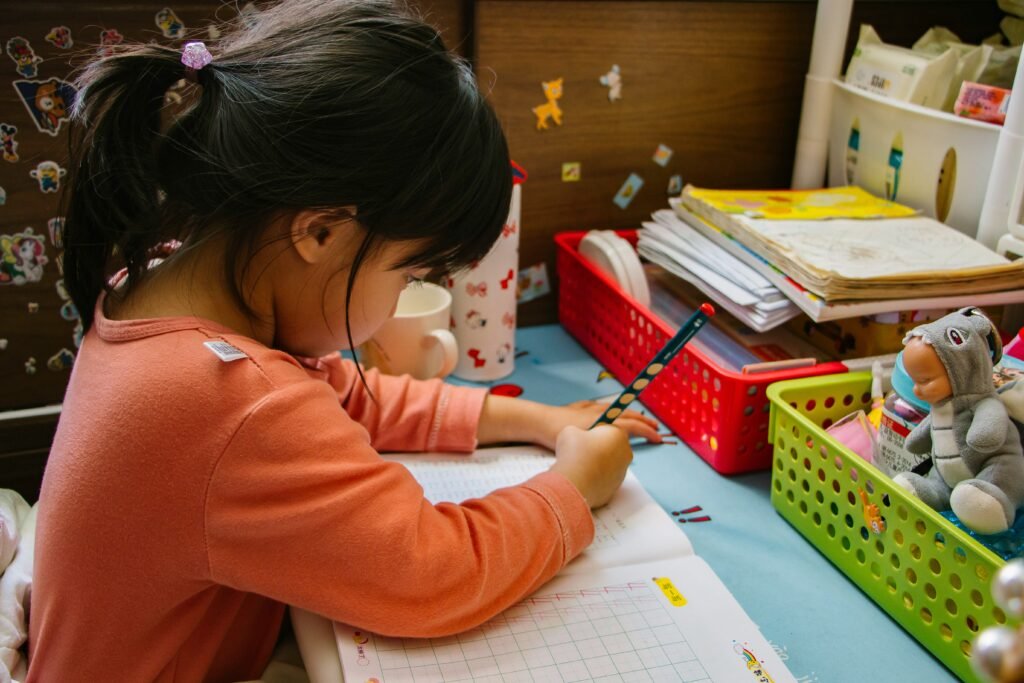Understanding Positive Reinforcement
Positive reinforcement is a powerful tool for shaping behavior in children. It involves rewarding desirable behaviors to encourage their repetition. This method not only boosts a child’s confidence but also fosters a healthy self-esteem, creating a conducive environment for learning.
Benefits of Positive Reinforcement
Implementing positive reinforcement in your parenting or teaching approach can yield remarkable results. Children are more likely to follow rules and engage in positive behaviors when they are consistently acknowledged and rewarded. This could be through verbal praise, tokens, or small rewards, which serve to reinforce their efforts and achievements positively.
Ways to Implement Positive Reinforcement
To effectively incorporate positive reinforcement in daily life, start by identifying the behaviors you want to encourage. Be specific in your praise, addressing what exactly the child did well. For example, instead of saying “Good job,” try “I appreciate the way you shared your toys with your friend.” Additionally, timing is crucial; immediate rewards after the desired behavior enhance the learning process. By consistently applying these strategies, you can significantly influence your child’s growth and behavior in a more affirmative manner.




